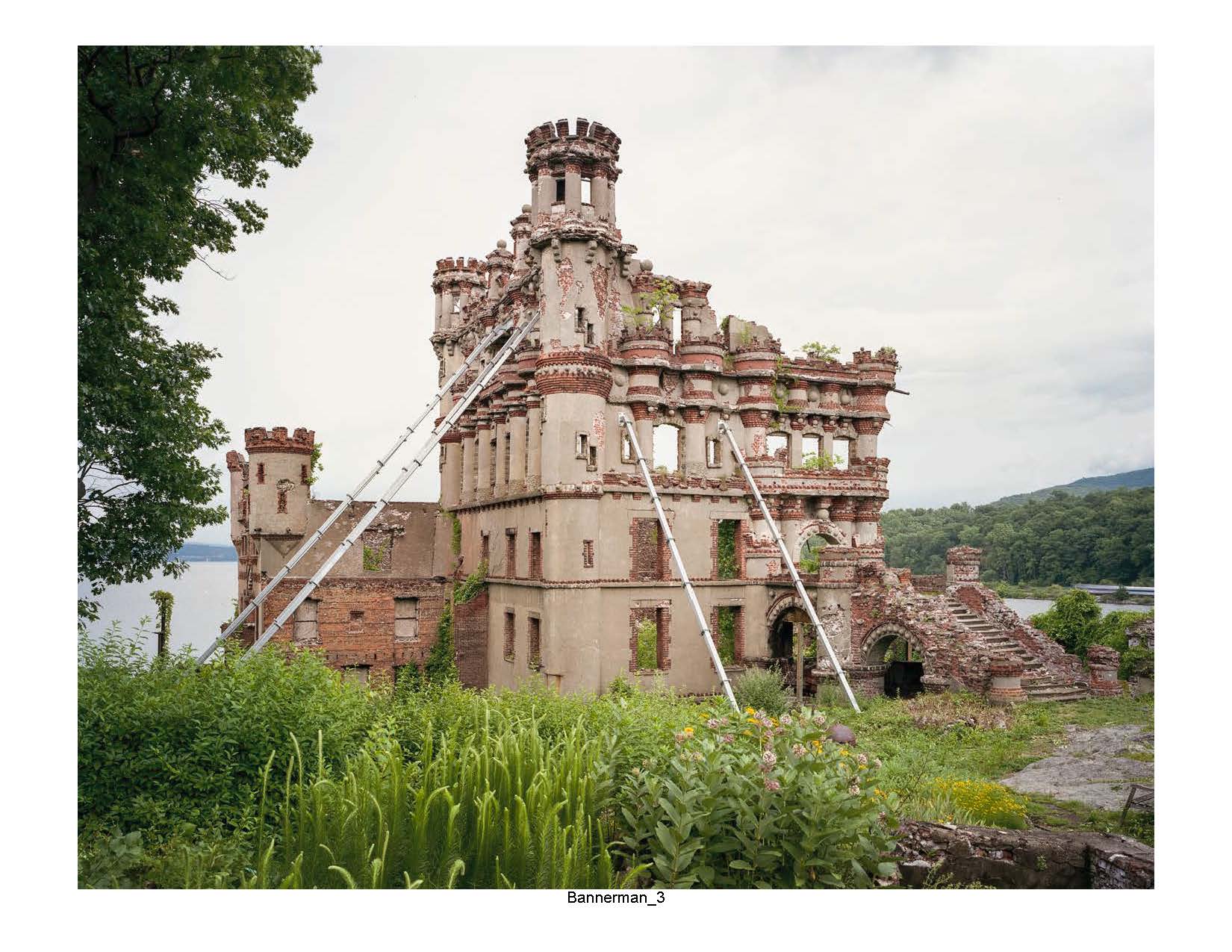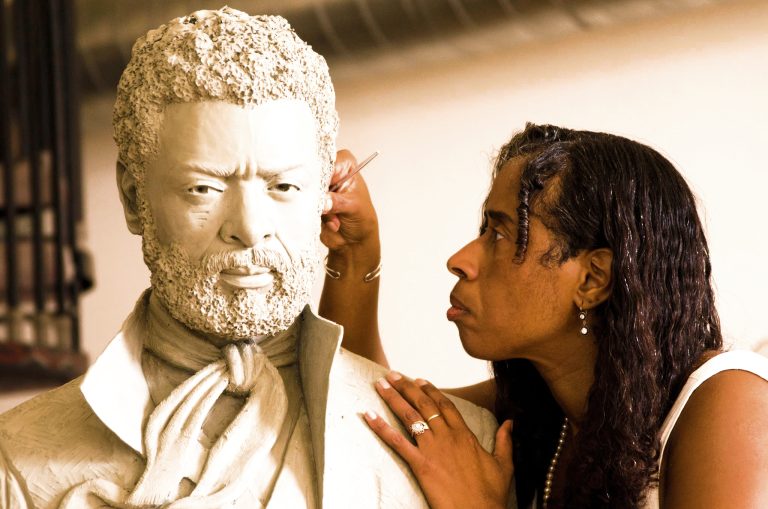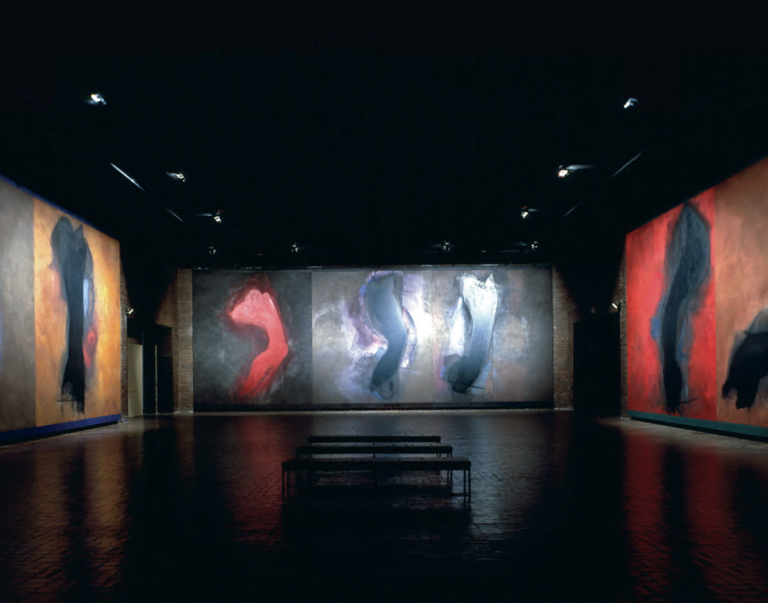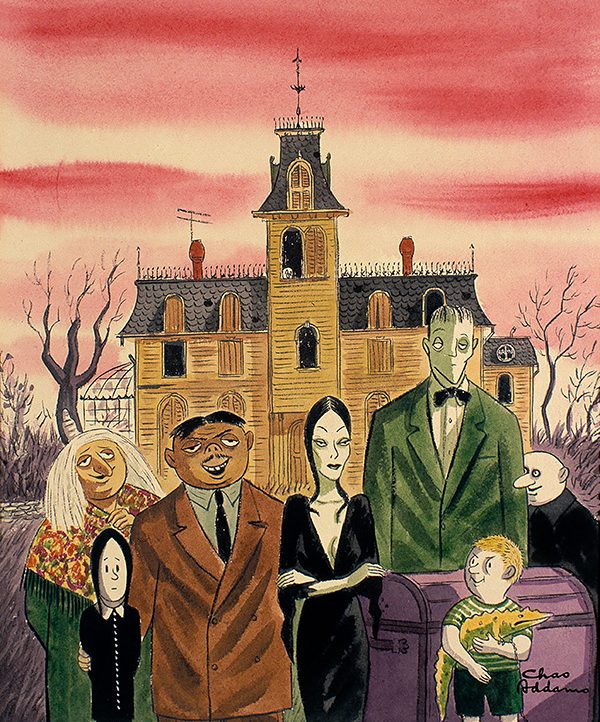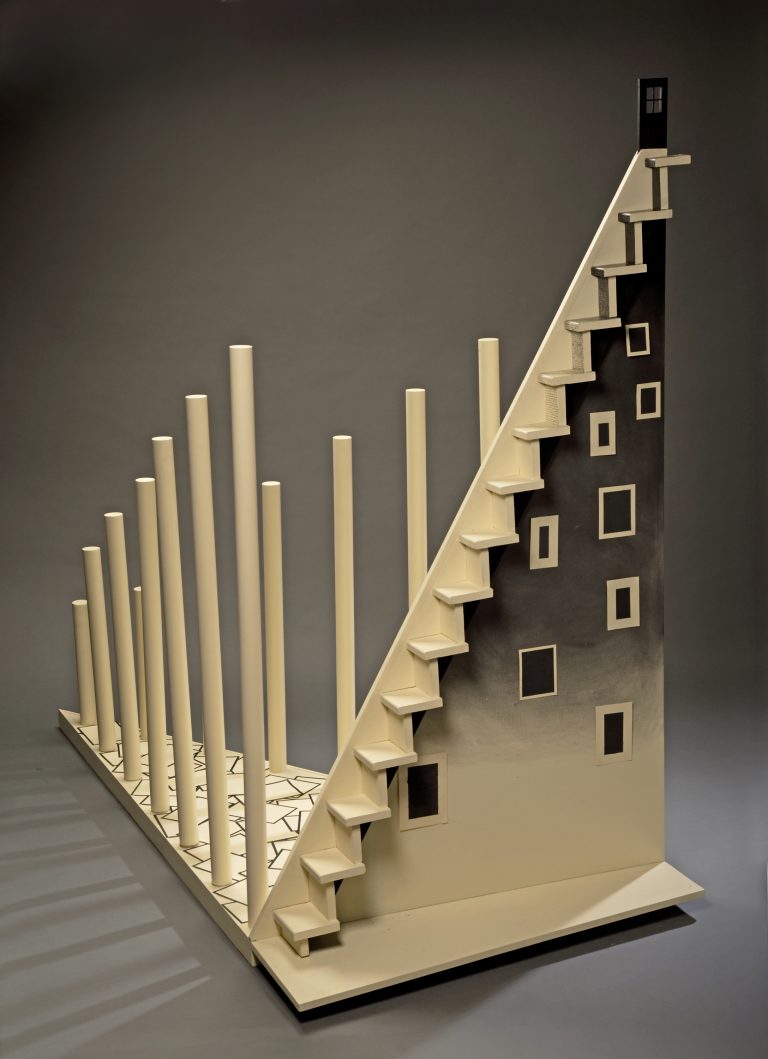ArtsW Voices: Seeing the Bricks From the Rubble
“ArtsW Voices” is a series of blog posts that are written from a personal perspective by ArtsWestchester staff members. This blog was written by, and represents the views of, ArtsWestchester’s Executive Assistant Megan Thomson Connor.
Here at ArtsWestchester, it is not uncommon to find yourself talking with a young person who is torn between pursuing their passion and what is “practical.” Our latest Her Honor Mentee wants to study cinematography, but she is applying to medical school per her family’s wishes.
We’re sympathetic; it’s a tricky landscape out there for those looking to join today’s polarized workforce. There are the articles regarding the jobs that will be replaced by robots, and then there are the politicians promising to bring back America’s industrial past as if Eve could un-bite the apple.
In ArtsWestchester’s new exhibition Brick by Brick, one can’t help but feel nostalgic for something a majority of us have never experienced. The object that is making people feel this way? The cold facade of brick and mortar. While for some, a brick is a material that is occasionally found in their yard while digging up weeds, for others it represents a home, a story, a legacy. It anchors people to something tangible when so much of what we create today lives on “the cloud.”
Photographer Christopher Payne was commissioned by ArtsWestchester for the exhibition to capture the haunting remains of what was once a bustling industry in the Hudson Valley. His photographs are large-scale prints, giving grandeur to the otherwise rubble. Through these photos that glorify the forgotten brick industry, humans can’t help but be reminded of their own erasure as a species. How could an industry that built Manhattan be traced now by remnants lining the Hudson River beds?
Will the steel industry one day be identified by the broken infrastructure used to build up the barrier reefs?
Most of the Artificial Intelligence (AI) being proposed to replace jobs provides automation for repetitive or predictable tasks. While growing up, your parents might have warned against your catching the “theater bug” or majoring in the liberal arts instead of law, finance, or what they viewed as a more “practical trade.” Now some business experts are saying that being an artist is considered one of the top safe jobs when it comes to the threat posed by AI. Robots may be able to create original art, but they fail to create art with meaning. Art students rejoice; you may have chosen a sensible career after all.
Megan Thomson Connor is the Executive Assistant to the CEO at ArtsWestchester. She is a graduate of Bryn Mawr College where she majored in English and minored in Creative Writing and Theater.[/vc_row]

About ArtsWestchester
For more than 50 years, ArtsWestchester has been the community’s connection to the arts. Founded in 1965, it is the largest, private, not-for-profit arts council in New York State. Its mission is to provide leadership, vision, and support, to ensure the availability, accessibility, and diversity of the arts. ArtsWestchester provides programs and services that enrich the lives of everyone in Westchester County. ArtsWestchester helps fund concerts, exhibitions and plays through grants; brings artists into schools and community centers; advocates for the arts; and builds audiences through diverse marketing initiatives. In 1998, ArtsWestchester purchased the nine-story neo-classical bank building at 31 Mamaroneck Avenue which has since been transformed into a multi-use resource for artists, cultural organizations, and the community. A two-story gallery is located on the first floor of ArtsWestchester’s historic building on Mamaroneck Avenue.
For more than 50 years, ArtsWestchester has been the community’s connection to the arts. Founded in 1965, it is the largest, private, not-for-profit arts council in New York State. Its mission is to provide leadership, vision, and support, to ensure the availability, accessibility, and diversity of the arts. ArtsWestchester provides programs and services that enrich the lives of everyone in Westchester County. ArtsWestchester helps fund concerts, exhibitions and plays through grants; brings artists into schools and community centers; advocates for the arts; and builds audiences through diverse marketing initiatives. In 1998, ArtsWestchester purchased the nine-story neo-classical bank building at 31 Mamaroneck Avenue which has since been transformed into a multi-use resource for artists, cultural organizations, and the community. A two-story gallery is located on the first floor of ArtsWestchester’s historic building on Mamaroneck Avenue.

